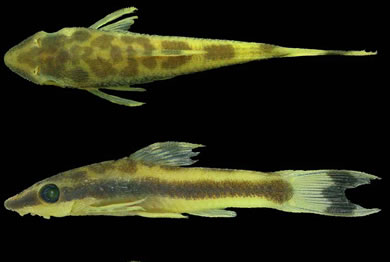
“The assumption has always been that bats evolved from some sort of flying squirrel-type animals,” says Swartz. “Gliding has evolved in mammals seven times. That tells us that it’s really easy for an animal with skin to evolve into a glider, but going from a square gliding wing to a long, skinny flapping wing has not happened seven times. It might have happened once. And now it doesn’t look like bats have any relationship to these gliding things.”
Bat wings are highly articulated, with more than two dozen independent joints and a thin flexible membrane covering them. Birds and insects can fold and rotate their wings during flight, but bats have many more options. Their flexible skin can catch the air and generate lift or reduce drag in many different ways. During straightforward flight, the wing is mostly extended for the down stroke, but the wing surface curves much more than a bird’s does – giving bats greater lift for less energy. During the up stroke, the bats fold the wings much closer to their bodies than other flying animals, potentially reducing the drag they experience. The wing’s extraordinary flexibility also allows the animals to make 180-degree turns in a distance of less than half a wingspan. link
Direct measurements of the kinematics and dynamics of bat flight. 2007. Xiaodong Tian et al 2006 Bioinspir. Biomim. 1 S10-S18










